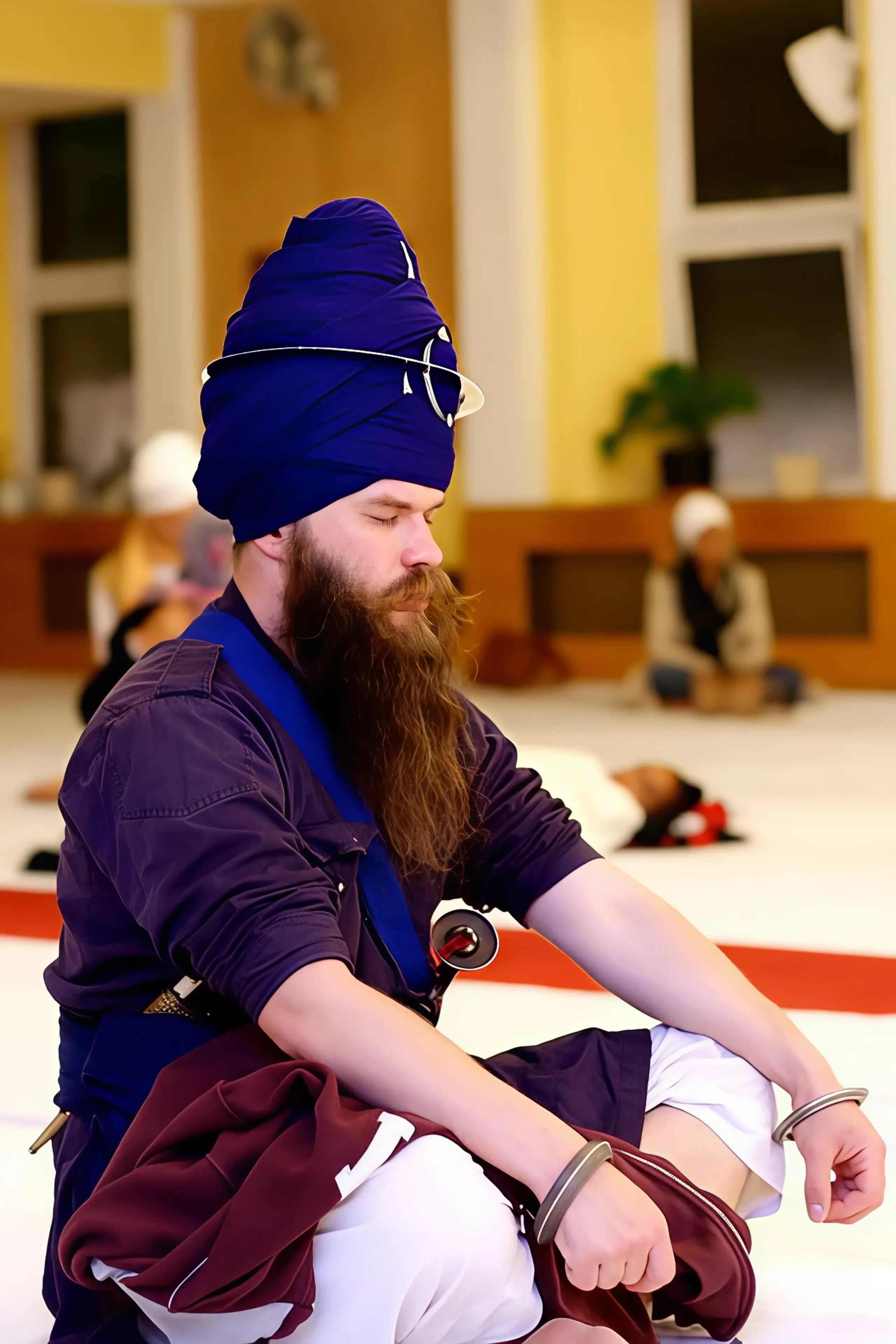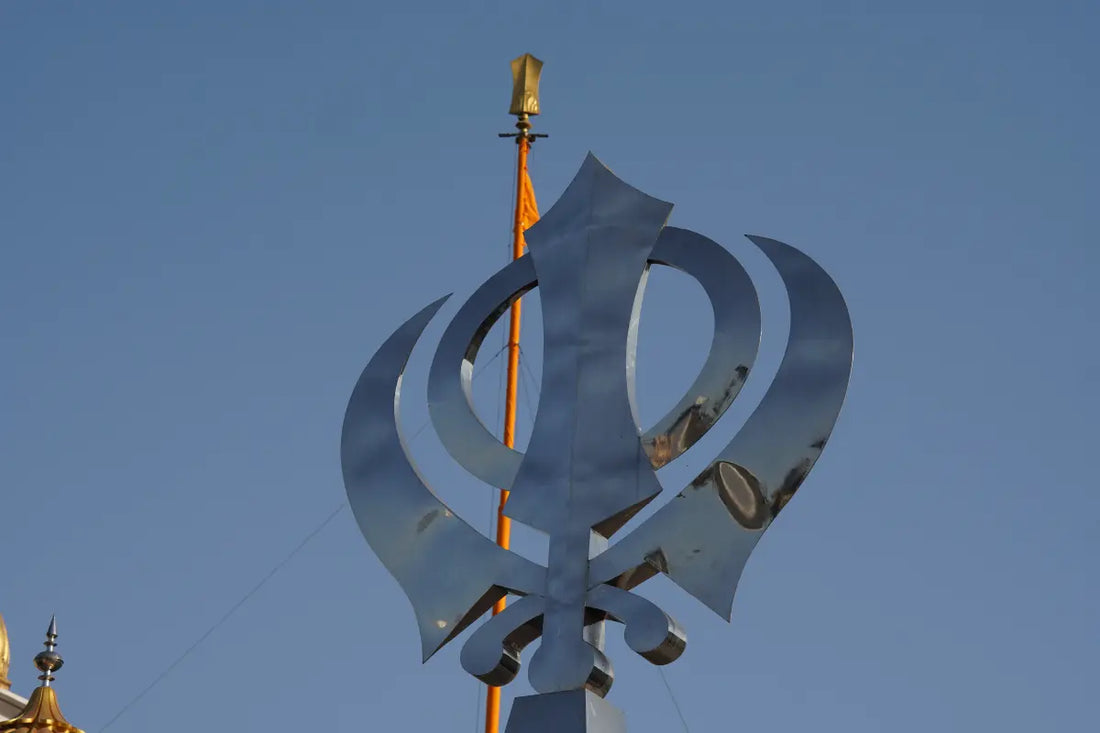The Dastaar, or Sikh turban, is not just cloth wrapped around the head — it is a crown. It’s a daily declaration of sovereignty, discipline, courage, and spiritual connection. For centuries, Sikhs have worn the Dastaar with honour, even in the face of oppression, discrimination, or misunderstanding. But behind every Dastaar is a powerful story — of faith, resilience, and pride.
This post explores why the Dastaar is one of the most powerful symbols of Sikh identity — and why it continues to inspire generations today.
1. More Than Fabric: A Spiritual Crown
The Dastaar holds deep significance in Sikhism. Guru Gobind Singh Ji referred to it as the "Dastar-e-Fateh" — the turban of victory. It is:
-
A symbol of equality (everyone, regardless of background, is worthy of respect)
-
A marker of identity (distinguishing Sikhs as protectors and spiritual warriors)
-
A reminder of discipline (to live with integrity and responsibility)
For many, tying the turban is a sacred act — one that connects the individual to their Guru, their roots, and their higher self.
2. A Legacy of Courage
Throughout history, the Dastaar has been a target — and a symbol of resistance. Sikh men and women have refused to remove it, even under the threat of violence or persecution.
From the Mughal era, when Sikhs were hunted, to modern workplaces and classrooms, where misunderstandings still exist, the Dastaar has remained a defiant symbol of dignity and self-respect.
Wearing it boldly says: “I will not blend in. I will stand for justice, even when it’s hard.”
3. Style, Colour, and Expression
Though it holds deep meaning, the Dastaar is also personal and expressive. Every Sikh brings their own flavour and feeling to it.
-
Colours may reflect moods, occasions, or tradition:
-
Navy & orange: Warrior spirit
-
White: Peace and purity
-
Black: Strength and remembrance
-
Brights: Celebration and confidence
-
-
Styles vary too:
-
Dumalla, Gol Dastaar, Double Patti, Keski
-
Elegant Dastaar styles for Sikh women
-
At Akaal Accessories, we offer Shingars, pins, and adornments to enhance Dastaar dignity — whether for everyday wear or grand occasions.
4. The Challenges and the Pride
Let’s be honest — wearing a turban in public can be hard. Especially for young Sikhs navigating school, sports, or social media. But that difficulty is part of what makes it so powerful.
To wear the Dastaar is to say:
“I carry my history.”
“I choose visibility over comfort.”
“I belong to something bigger than me.”
And when that realization sinks in — the pride is unmatched.
5. For the Next Generation
Dastar Bandi ceremonies, where a child ties their Dastaar for the first time, are crucial. They pass down pride, tradition, and strength.
If you’re a parent or mentor:
-
Normalize the turban with love and encouragement
-
Share stories of Sikh heroes who wore it proudly
-
Let your child choose their turban colours and materials
-
Teach them it’s not a restriction — it’s a gift
Final Thoughts: Walk Tall in Your Crown
The world may not always understand the Dastaar. But that’s not why we wear it. We wear it for the Guru. For our ancestors. For our values. For ourselves. It is a symbol of power — not power over others, but power over fear, doubt, and ego.
So wear it boldly. Walk with your head high.
You’re not just tying a turban — you’re wearing your crown.



